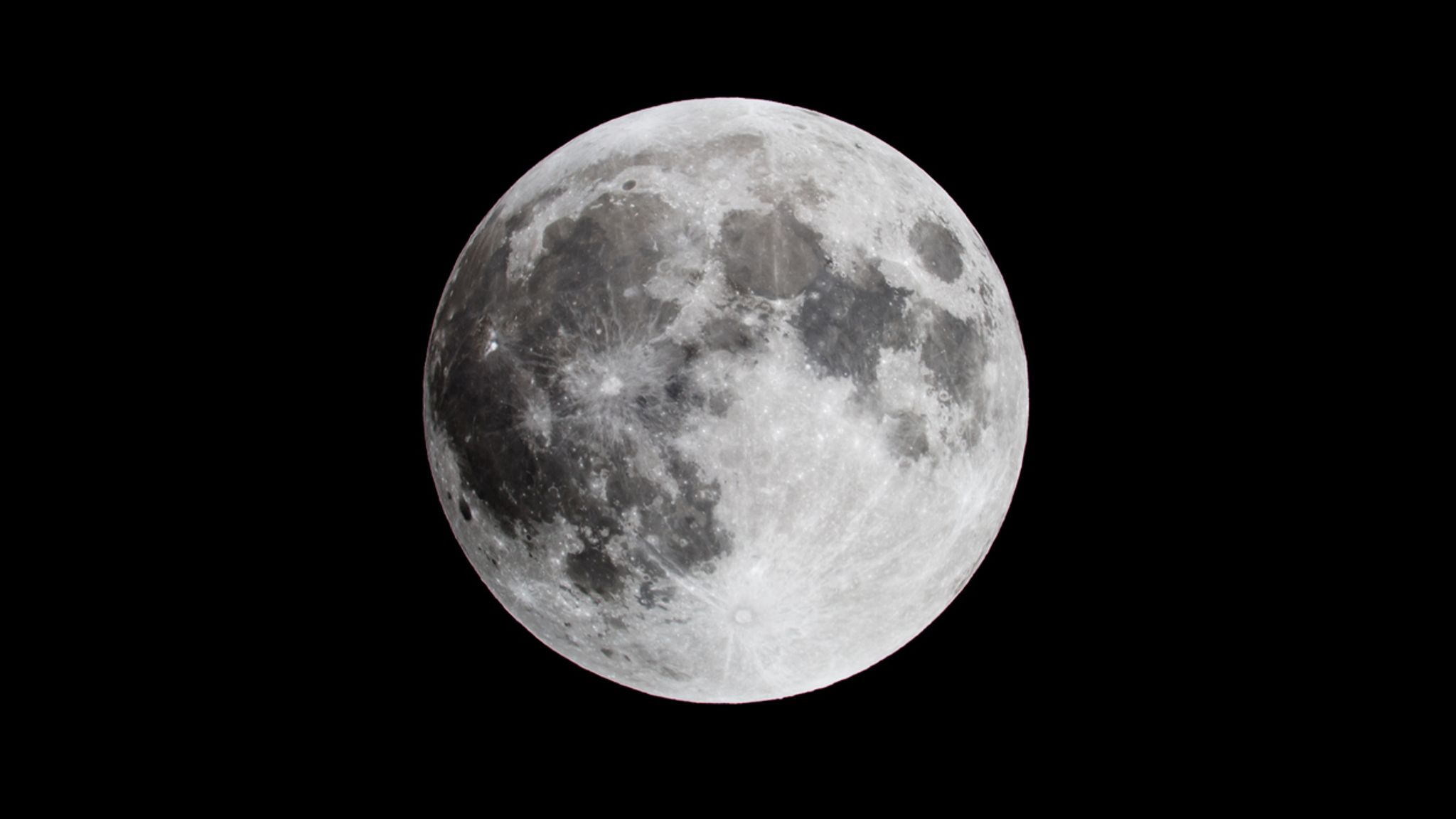Granite on Moon
Scientists have made a remarkable discovery beneath the surface of the Moon, uncovering a massive chunk of granite that sheds light on a unique form of lunar volcanism.
Unveiling the Hidden Granite
The chunk of rock was discovered through the efforts of an orbiting satellite, which captured evidence of granite beneath the Moon’s surface. This breakthrough has provided scientists with invaluable information about the Moon’s geological composition.
The Compton-Belkovich Volcanic Complex
The granitic system was found below a far-side feature known as the Compton-Belkovich Volcanic Complex. This complex, measuring approximately 50 kilometers in diameter, has presented planetary scientists with a unique opportunity to study volcanic activity on the Moon.
A Glimpse into Lunar Volcanism
The volcanic activity responsible for the formation of the granitic system is estimated to have occurred around 3.5 billion years ago. This timeline offers valuable insights into the Moon’s geological past and the processes that shaped its surface.
The Radioactive Element Connection
The discovery of extra heat emanating from the location on the Moon where the granitic system was found has sparked curiosity among scientists. This phenomenon can be attributed to the high concentrations of radioactive elements present in the granite. Elements such as uranium and thorium contribute to the heating observed at the lunar surface.
Formation of Granite
Granite forms through igneous activity and the cooling of magma. The presence of granite beneath the Moon’s surface indicates past volcanic events and underscores the dynamic geological processes that have shaped our celestial neighbor.
Granite Rarity in the Solar System
Granites are relatively uncommon outside of Earth in the Solar System. The scarcity of granitic formations in other celestial bodies adds to the significance of the Moon’s granitic discovery, as it provides a unique opportunity to study this type of rock formation beyond our home planet.
Previous Findings and Remote Sensing Studies
Before this discovery, only a few grains of granite were detected in the rocks brought back by NASA’s Apollo missions. Since then, remote sensing studies have identified a handful of small granite or granite-like features on the Moon, making the current finding even more significant.
Month: Current Affairs - July, 2023
Category: Science & Technology Current Affairs


